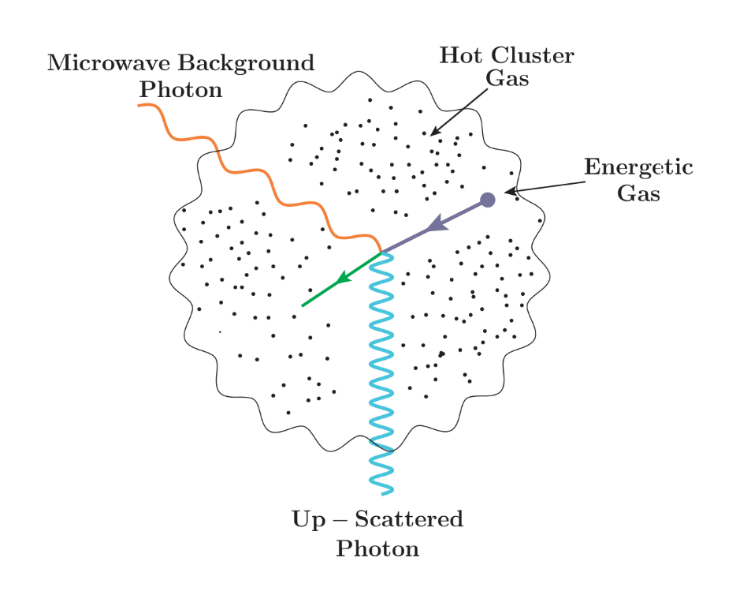
A research group at the Institute of Modern Physics (IMP) of the Chinese Academy of Sciences (CAS), in collaboration with researchers at Shanghai Jiao Tong University (SJTU), have explored the radiation transfer process of photon gas through plasma, and proposed a new equation that unifiedly describes both Compton hardening and softening processes.
In astrophysics, with the rapid development of X-ray astronomy in recent years, it is one of the important subjects to study and develop the theory of the scattering of X-ray photons with electrons in plasma (i.e. Comptonization).
The classical Kompaneets equation, established in the 1950s by the famous theoretical physicist Kompaneets, applies to Compton hardening process in which low energy photons are scattered by electrons in plasma, while fails to deal with Compton softening process (e.g. hard X-rays passing through "cold" plasma), which is an important radiation transfer process in high-energy astrophysics. How to correctly describe the Compton softening process has not been well resolved in astrophysics till now.
The new equation proposed can describe both Compton hardening and softening processes. Numerical results show that the new equation can naturally return to the classic Kompaneets equation under typical Compton hardening conditions.
"The new equation has a wide range of applications in X-ray and gamma-ray astronomy. It is a meaningful development in the field of radiative transfer for high energy astrophysics," said Professor CHEN Xurong, first author of the paper.
The unified equation can not only describe microwave background radiation (CMB) through galaxy clusters and high-temperature plasma, but also deal with the high-temperature black body radiation spectrum passing through the "cold" plasma.
Moreover, "the new equation has broad application prospects in compact X-ray binary stars, supernova remnants, active galactic nuclei and other fields, especially in process of high energy photons passing through 'cold' plasma, as well as has potential applications in radiation physics," said Prof. LIU Dangbo, the collaborator of CHEN.
In the meantime, the new equation modifies the famous SZ (Sunyaev-Zel'dovich) effect, which causes a change in the apparent brightness of CMB when seen through the hot gas in a cluster of galaxies or any other reservoir of hot plasma.
The results were published in Astronomy and Astrophysics on June 9.
This work was supported by the Strategic Priority Research Program of CAS, the National Science Foundation of China and the Shanghai Science and Technology Commission.

Fig. CMB photon scatters with electron. (Image by KOU Wei)

86-10-68597521 (day)
86-10-68597289 (night)

52 Sanlihe Rd., Xicheng District,
Beijing, China (100864)

